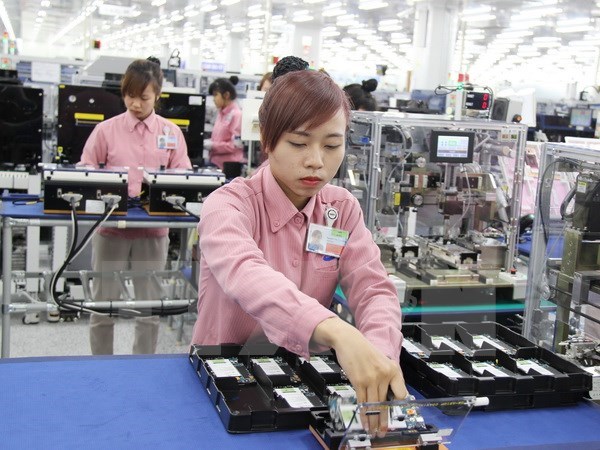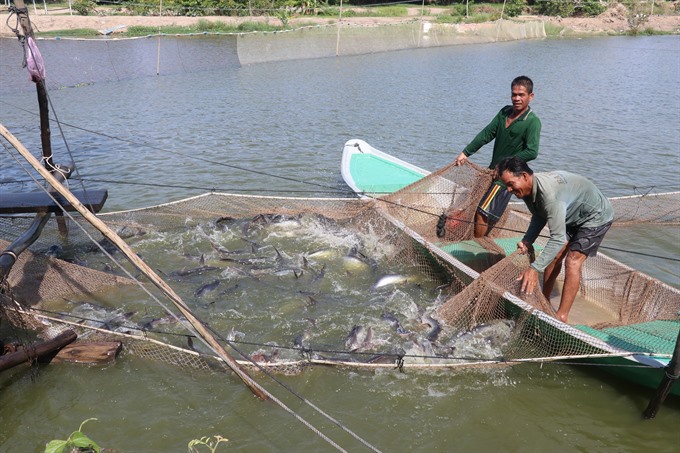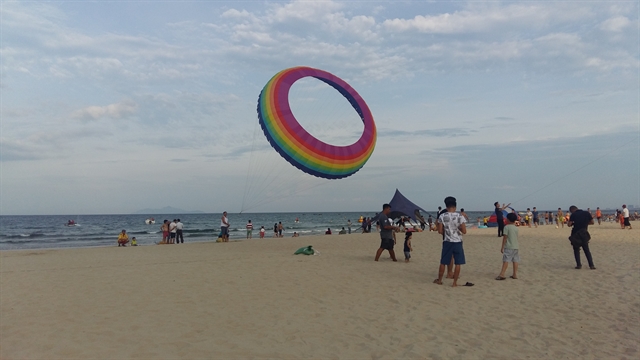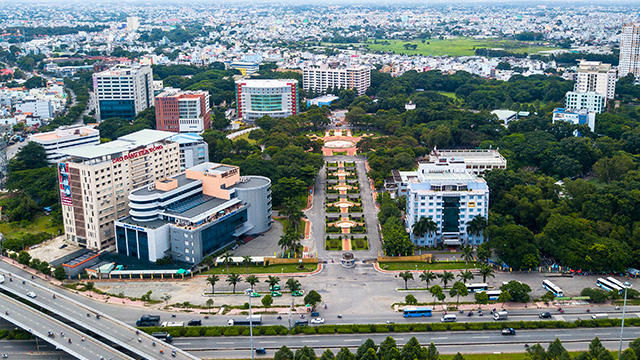 Society
Society

Đồng Tháp Province, the Mekong Delta’s largest tra fish producer, has 2,233ha of aquaculture farms breeding the fish and they have produced 438,000 tonnes this year, equivalent to almost the full-year target.
 |
| Farming tra fish for export in Đồng Tháp Province’s Tam Nông District. — VNA/VNS Photo Nguyễn Văn Trí |
ĐỒNG THÁP — Đồng Tháp Province, the Mekong Delta’s largest tra fish producer, has more than 2,200ha of aquaculture farms breeding the fish and they have produced about 438,000 tonnes so far this year, equivalent to almost the full-year target.
More than 2,000ha of farms breed for export.
Nguyễn Văn Công, director of the provincial Department of Agriculture and Rural Development, said the province is developing concentrated large-scale tra fish farming areas.
It is also establishing co-operatives and co-operative teams for tra farmers to ensure they maintain high quality, he said.
It is also fostering co-operation between farmers and processors in all stages from producing fry for breeding, raising the fish and processing them for exports.
About 700ha of farms have received quality certification like VietGAP, GlobalGAP, Aquaculture Stewardship Council and Best Aquaculture Practices.
The province has issued identification numbers to ponds belonging to 349 tra breeders with a total of 1,500ha to ensure traceability for exports.
The province targets production of 455,000 tonnes this year, according to the department.
Tra fish fry
The province will produce 700 million high-quality tra fish fingerlings a year from now to 2020, meeting 50 per cent of local demand, its People’s Committee said.
The number will increase to 1.5 billion in 2021-25, meeting 100 per cent of the demand.
These targets are part of the province’s plan to produce tra fry under a three-tier co-operation project approved by the Ministry of Agriculture and Rural Development last March.
The first tier comprises research institutes and universities that use advanced techniques in choosing breeding pairs, innovate breeding techniques and transfer them to the second tier.
The second tier comprises Government-owned and private tra fry production centres, while the third is made up of establishments that raise the fish until they reach the fingerling stage.
In 2018-20, the province will select four to five entities from the second tier to produce quality fry.
This will also help trace the origin of tra fry and provide high-quality fry for commercial production.
The province plans to establish four concentrated juvenile tra production areas on a total area of 400ha in Hồng Ngự, Châu Thành and Cao Lãnh districts, and Hồng Ngự Town.
It will invest in infrastructure and use advanced techniques to produce high-quality fry on an industrial scale.
The plan is expected to cost around VNĐ146 billion (US$6.3 million), with the funds coming from the central and local governments, loans and investments by organisations and breeders.
The province has 68 establishments that produce tra fry and 1,116 others that raise the newborns until they reach the fingerling stage.
The province produces some 1.3 billion tra fry and 1.2 billion fingerlings a year, which it supplies to local breeders and those around the delta. — VNS









